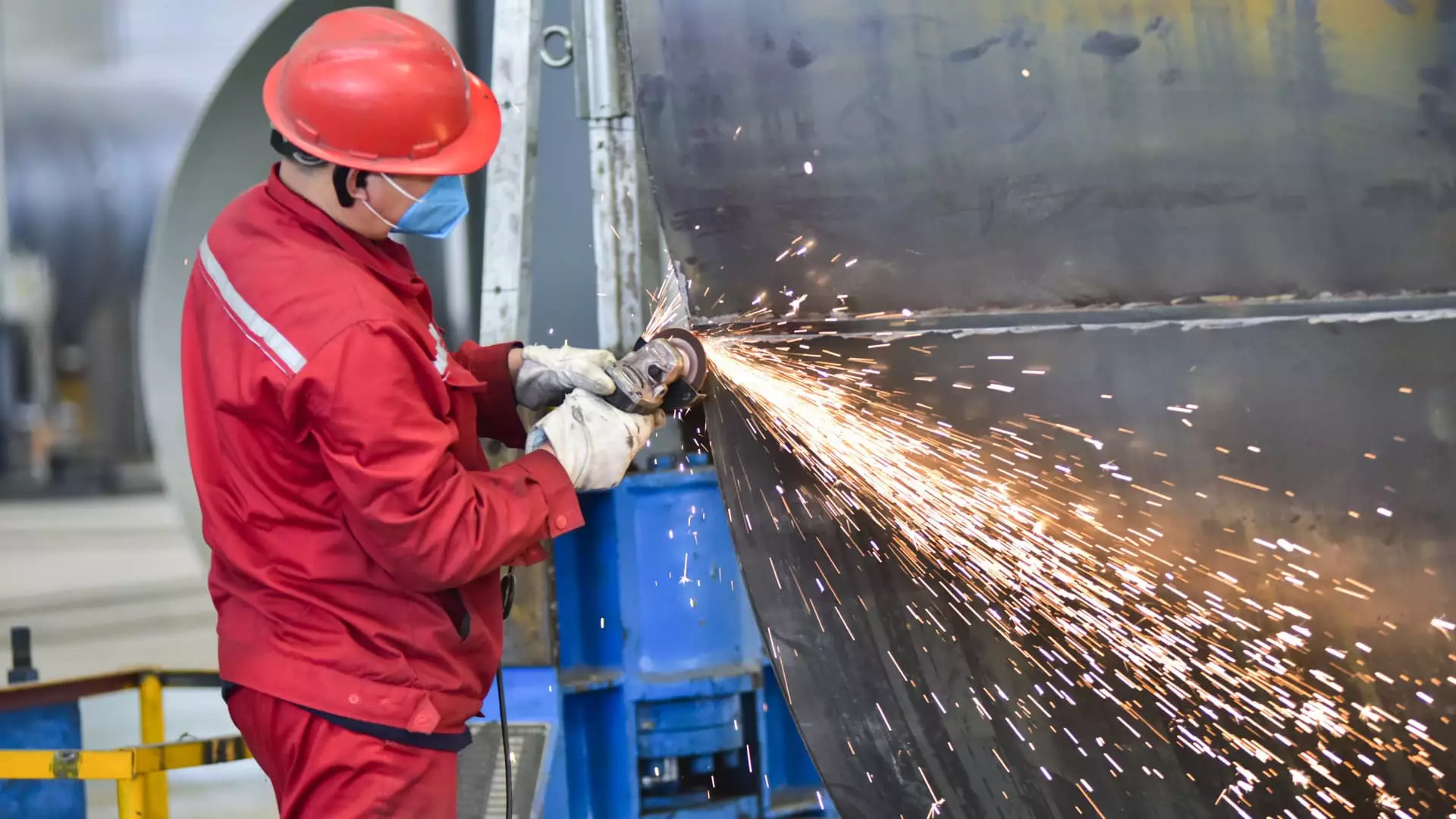In November, China’s manufacturing industry demonstrated notable growth, especially among smaller enterprises. This development can be attributed to the recent government stimulus policies aimed at stabilizing and invigorating the otherwise sluggish economy. The Caixin/S&P Global manufacturing purchasing managers’ index (PMI) reported a figure of 51.5—an increase highlighting the rising vitality of the sector. This figure surpassed expectations set by a Reuters poll, which predicted a more modest 50.5. The consistent performance of the PMI, remaining above the crucial threshold of 50 for two consecutive months, indicates a shift toward industrial recovery.
This optimism is rooted in a significant increase in new business inflows reported by Caixin Insight Group, illustrating a growing demand in the market. According to senior economist Wang Zhe, the surge in new orders represents the fastest growth observed in over three years, suggesting that not only local businesses are thriving, but that renewed export orders have also contributed positively to the overall demand.
The Caixin survey, which emphasizes smaller and medium-sized enterprises, provides a fascinating contrast to the official PMI data released on the previous Saturday. The official survey indicated a slight improvement in manufacturing activity, with a PMI of 50.3, up from 50.1 in October. Interestingly, it also exceeded the anticipated figure of 50.2. The difference in the focus of these surveys highlights how the economic situation can vary significantly depending on whether the sampling includes predominantly small firms or larger state-owned enterprises.
This distinction is vital for understanding the fabric of China’s manufacturing space. Smaller companies often exhibit higher sensitivity to fluctuations in demand due to their operational scale and resources, posing both risks and opportunities in an economic climate characterized by volatility.
While the recent improvements symbolize hope for recovery, economists urge caution regarding the sustainability of this upward trend. Gary Ng of Natixis emphasizes the necessity of nurturing genuine consumer and business confidence to facilitate a lasting economic rebound. In particular, he points out that future progress hinges on the stabilization of the real estate market and the extent of fiscal spending in the forthcoming months.
Challenges remain evident, such as the ongoing decline in real estate investments, which have dropped by 10.3% year-on-year from January to October, alongside decreasing industrial profits. These indicators suggest that structural concerns continue to shadow the recovery narrative, indicating that the anticipated growth may not be as straightforward as it seems.
Global political dynamics also pose challenges to China’s manufacturing sector. The uncertainty surrounding the potential reimplementation of U.S. tariffs on Chinese goods adds complexity to trade relationships and could inhibit export growth. Julian Evans-Pritchard from Capital Economics notes a paradoxical effect; the impending threat of heightened tariffs may be incentivizing U.S. companies to expedite their orders from China, inadvertently boosting the manufacturing sector in the short term.
As companies rush to secure products ahead of policy changes, this rush may temporarily obscure deeper systemic issues within China’s economic framework. It also raises questions about the degree to which such boosts are substantial or merely ephemeral.
In response to economic headwinds, the Chinese government has implemented various measures aimed at alleviating financial pressures. These include a reduction in the reserve requirement ratio to foster liquidity and an ambitious five-year plan to address local government debt issues, amounting to approximately 10 trillion yuan ($1.4 trillion). Such initiatives illustrate a commitment to stimulating economic conditions, even amid growing uncertainties.
However, the long-term durability of this upward momentum in manufacturing activity remains to be seen. It is imperative for economic planners to closely monitor the impact of both domestic market reforms and international trade relations. Hence, stakeholders within and outside China must remain vigilant and responsive to the evolving landscape, which could shape the manufacturing sector’s trajectory in the coming months and years.
While there are palpable signs of improvement in China’s manufacturing sector, discerning the true nature of recovery demands an ongoing scrutiny of multiple economic dimensions.


Leave a Reply